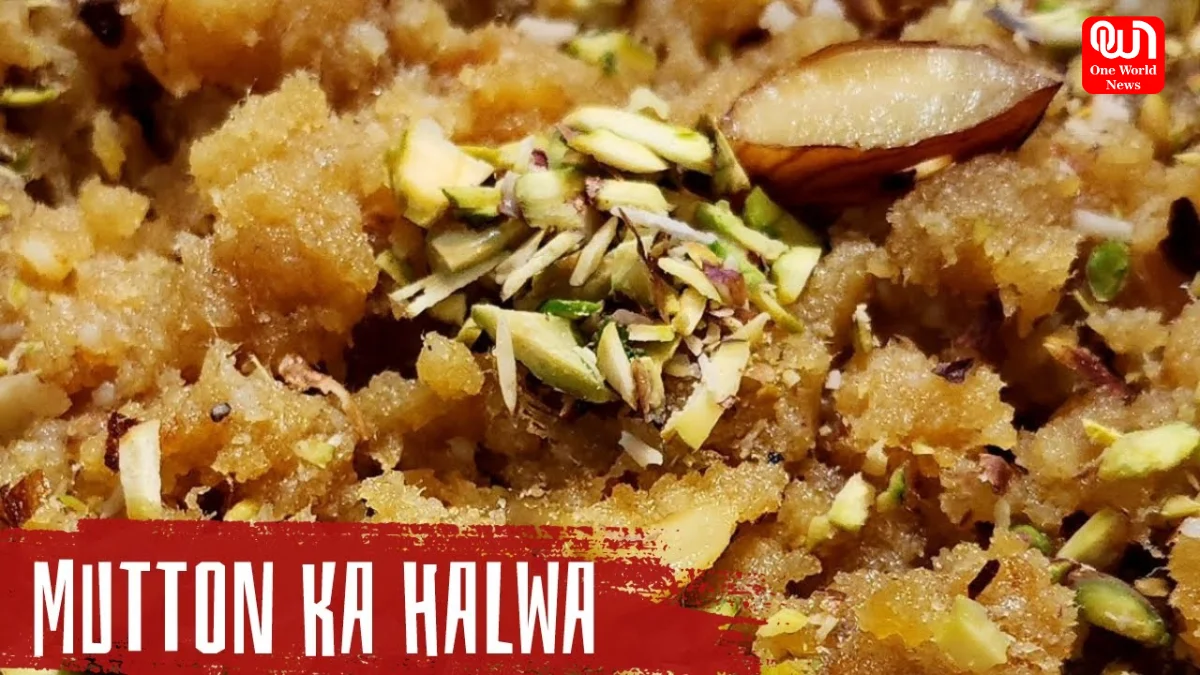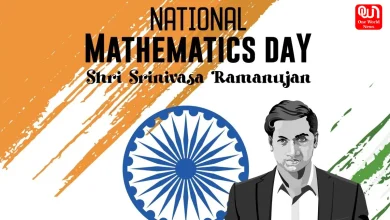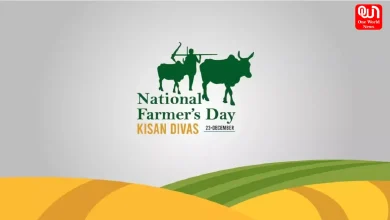Rediscovering Gosht ka Halwa: The Forgotten Royal Dessert of Lucknow
Explore the lost royal delicacy Gosht ka Halwa, a rich Mughal dessert made from lamb, milk, and ghee that once graced Lucknow’s royal feasts.
Gosht ka Halwa – A Forgotten Royal Dessert from the Nawabi Kitchens of Lucknow that Redefines Culinary Heritage
In the heart of Lucknow, where every corner tells a tale of Nawabi grace and royal grandeur, lies a forgotten culinary marvel — Gosht ka Halwa. Once the pride of Mughal banquets and Nawabi feasts, this extraordinary dessert stands as a testament to India’s rich gastronomic history. Unlike any halwa we know today, Gosht ka Halwa was a delicate blend of tender lamb, milk, ghee, sugar, and aromatic spices that transformed humble ingredients into royal indulgence.
The Forgotten Treasure of Lucknow’s Royal Kitchens
Centuries ago, Lucknow was not just a city of poets and kings but also of chefs who treated cooking as an art form. In the lavish kitchens of Nawabs, culinary experimentation knew no limits — and from that world of creativity emerged Gosht ka Halwa. It may sound surprising to modern ears — a sweet dish made with meat — but for the royals, it was a symbol of extravagance and innovation. The process was painstaking, requiring hours of slow cooking where lamb was simmered with milk until it dissolved into a smooth, velvety paste. The addition of sugar, saffron, and cardamom turned it into something magical — a dessert that tasted like poetry.
Read more: Celebrate World Porridge Day: Delicious Recipes, Health Benefits, and Global Traditions
The Art and Patience Behind Gosht ka Halwa
To prepare Gosht ka Halwa was to embrace patience. The meat had to be of the finest quality, often tender lamb, carefully cleaned and boiled. Once softened, it was shredded and cooked again with ghee, milk, and sugar until every strand absorbed sweetness. The halwa was then infused with cardamom and garnished with crushed nuts, giving it both fragrance and richness. Each spoonful carried layers of texture — the silkiness of ghee, the softness of lamb, and the aroma of slow-cooked milk. This was not just food; it was craftsmanship — a dish reserved for royal banquets and special occasions.
When Luxury Met Legacy
For the Mughals and Nawabs, food was more than sustenance — it was an expression of art and culture. Gosht ka Halwa represented the luxury of the times, where even the simplest ingredients could be elevated into something divine. Served in intricately designed silver bowls, it graced tables alongside biryanis, kormas, and kebabs. It was the crown jewel of the royal dessert menu — a reflection of Lucknow’s opulence, where culinary innovation mirrored poetic imagination.
The Fading of a Royal Flavour
But as empires fell and lifestyles changed, recipes like Gosht ka Halwa faded into obscurity. The new world moved toward convenience, leaving behind the slow-cooked traditions that defined Mughal gastronomy. Today, only a few old cooks in Lucknow recall its aroma or the intricate steps required to perfect it. With modernization came simplification, and dishes that demanded patience and passion quietly disappeared from our tables.
Reviving the Forgotten Heritage
Yet, the essence of Gosht ka Halwa lingers — in stories, in faded recipe books, and in the hearts of those who cherish India’s culinary past. Efforts are being made by food historians and chefs to revive these lost dishes, allowing a new generation to experience what true royal indulgence tasted like. Bringing back Gosht ka Halwa is not just about recreating a recipe; it’s about reviving a part of India’s soul — a time when food was an expression of poetry and patience.
Read more: Celebrating Universal Music Day: A Global Tribute to the Power of Music
A Sweet Goodbye from the Past
In rediscovering Gosht ka Halwa, we rediscover a piece of who we are — a culture that celebrated creativity, respect for ingredients, and the joy of sharing. As this forgotten royal dessert makes its way back into conversations, it reminds us to value our traditions and to keep the spirit of heritage alive. Lucknow’s lost delicacy continues to whisper tales of its golden past — inviting us to taste not just sweetness, but history itself.
We’re now on WhatsApp. Click to join.
Like this post?
Register at One World News to never miss out on videos, celeb interviews, and best reads.








